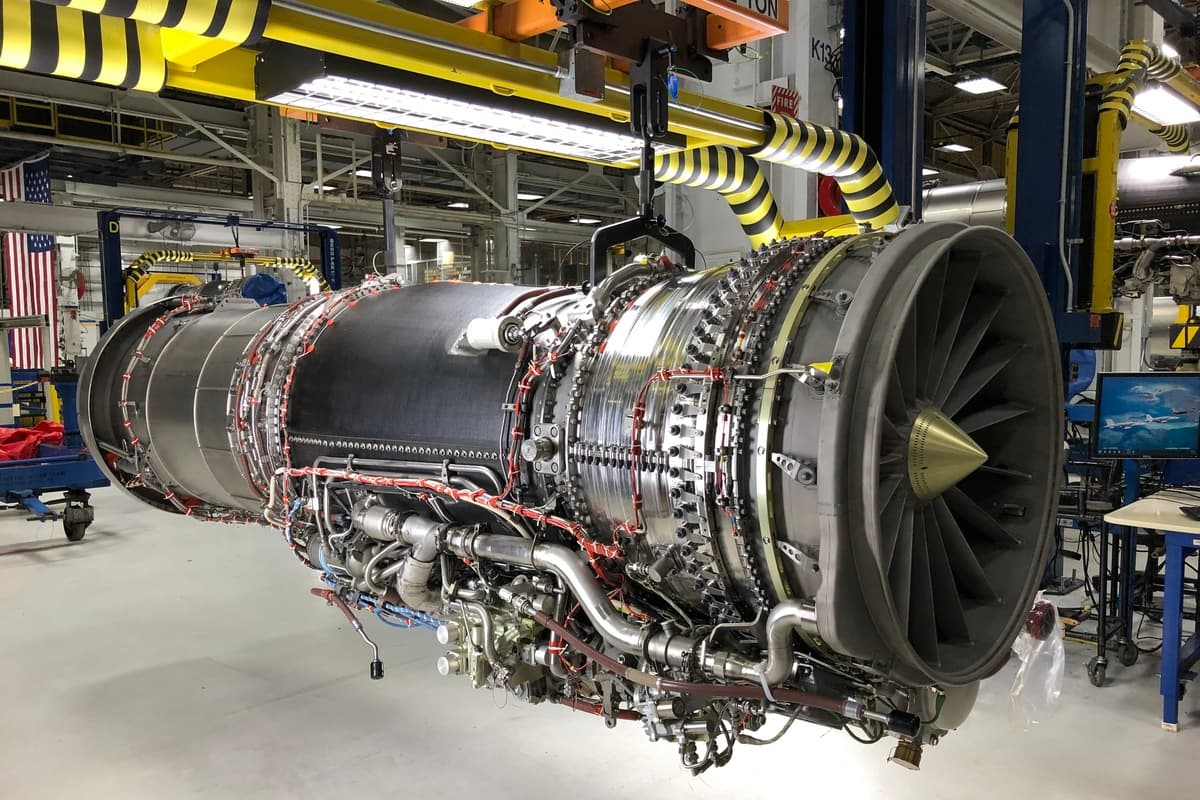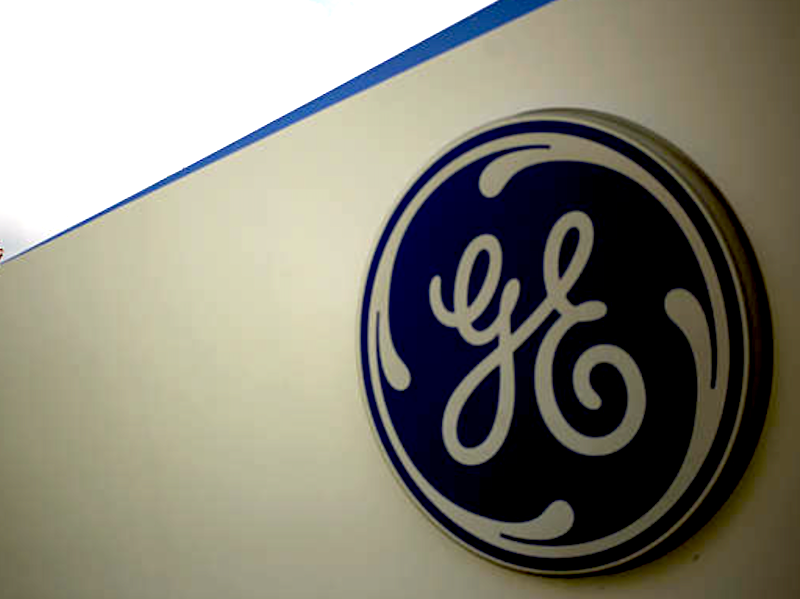swarajyamag.com/defence/india-and-us-discuss-co-production-of-f-414-jet-engines-during-us-secretary-of-defence-lloyd-austins-two-day-visit
India And US Discuss Co-Production Of F-414 Jet Engines During US Secretary Of Defence Lloyd Austin's Two-Day Visit
by
Ujjwal Shrotryia - Monday, June 5, 2023 03:04 PM IST
The F414-GE-100 engine.
India and the United States (US) Defence Ministers Lloyd Austin and Rajnath Singh talked about the co-production of US General Electric (GE) F-414 jet engines in India, in a highly anticipated deal which is expected to be signed when Prime Minister Modi visits the United States, this month.
The US Secretary of Defence Lloyd Austin is in India for a two-day visit.
Austin met Defence Minister Rajnath Singh where "they discussed a range of bilateral defence cooperation issues, with particular focus on identifying ways to strengthen industrial cooperation," a statement
released by the Ministry of Defence (MoD) said.
The statement added, "Both sides will identify opportunities for co-development of new technologies and co-production of existing & new systems and facilitate increased collaboration between defence start-up ecosystems of the two countries".
"Delighted to meet my friend, @SecDef Austin in New Delhi. Our talks revolved around enhancing defence cooperation in several areas including convergence of strategic interests and enhanced security cooperation," the Defence Minister
tweeted.
Among the various technologies that India and the United States want to co-develop and co-produce, jet engine technology is highest on the list.
Chalking out a broad strategy regarding the co-development of the GE F-414 jet engine in India by Hindustan Aeronautics Limited (HAL) is, according to various reports, highest on the agenda of Secretary of Defense Lloyd Austin and Rajnath Singh.
It is reported that the transfer of technology (ToT) for jet engines was the main talking point of the National Security Advisor (NSA) Ajit Doval's talk with his American counterpart Jack Sullivan in late January this year.
The talks were about the operationalisation of US-India Initiative on Critical and Emerging technologies (iCET), under which India will manufacture F414 jet engine in India.
The US-India, iCET, was first announced by PM Modi and US President Joe Biden, in May 2022.
The General Electric (GE) F-414 jet engine is a low-bypass afterburning turbofan engines which produces a maximum thrust of 98 kN. These engines will power the 4++ generation in-development, Tejas Mk-2 fighter jet.
GE's F-404 IN20 jet engines already powers Light Combat Aircraft's (LCA) Tejas and Mk-1A variants.
According to reports, after the signing the agreement, the US government will notify US congress for approval which is
expected to be passed with bi-partisan support.
"The two Ministers explored ways of building
resilient supply chains," the statement said talking about the
creation of shock resistant supply chains to prevent the repetition of the supply chains shocks experienced at the time of Covid.
"Senior officials from Ministry of Defence, including
Chief of Defence Staff General Anil Chauhan,
Defence Secretary Shri Giridhar Aramane and Secretary, Department of Defence R&D and
Chairman Defence Research and Development Organisation (DRDO) Dr Samir V Kamat," also participated in the meeting, the statement futher adds.
Turning to India's pursuit of jet engines, despite the extensive efforts over the years, the development of a suitable engine has remained a challenge.
India has been working on the development of jet engines for several decades.
Despite significant investment of time and resources in the GTX Kaveri engine development project, India has been unable to produce an engine suitable for high-performance fighter jets.
The Kaveri engine was, in its development trials, only able to produce a maximum sustained wet-thrust of 80 kN, against the requirement of 90-100 kN.
However, the engines were able to reliably produce 51 kN without the use of afterburners (dry thrust), making them suitable for use in Unmanned Combat Aerial Vehicles (UCAVs).
Gas-Turbine Research Establishment (GTRE), a Defence Research and Development Organisation (DRDO's) lab, which was the nodal agency for the GTX Kaveri project is
now developing a dry variant of kaveri for application in flying-wing stealth UCAV.
Intern at Swarajya. Writes on Indian Military and Defence.








